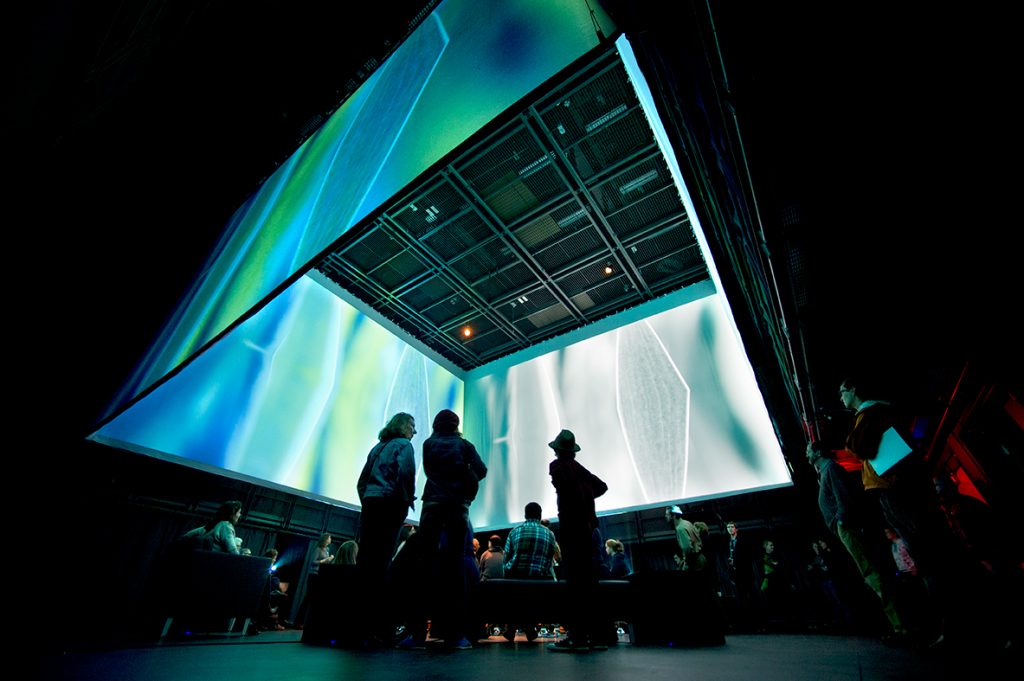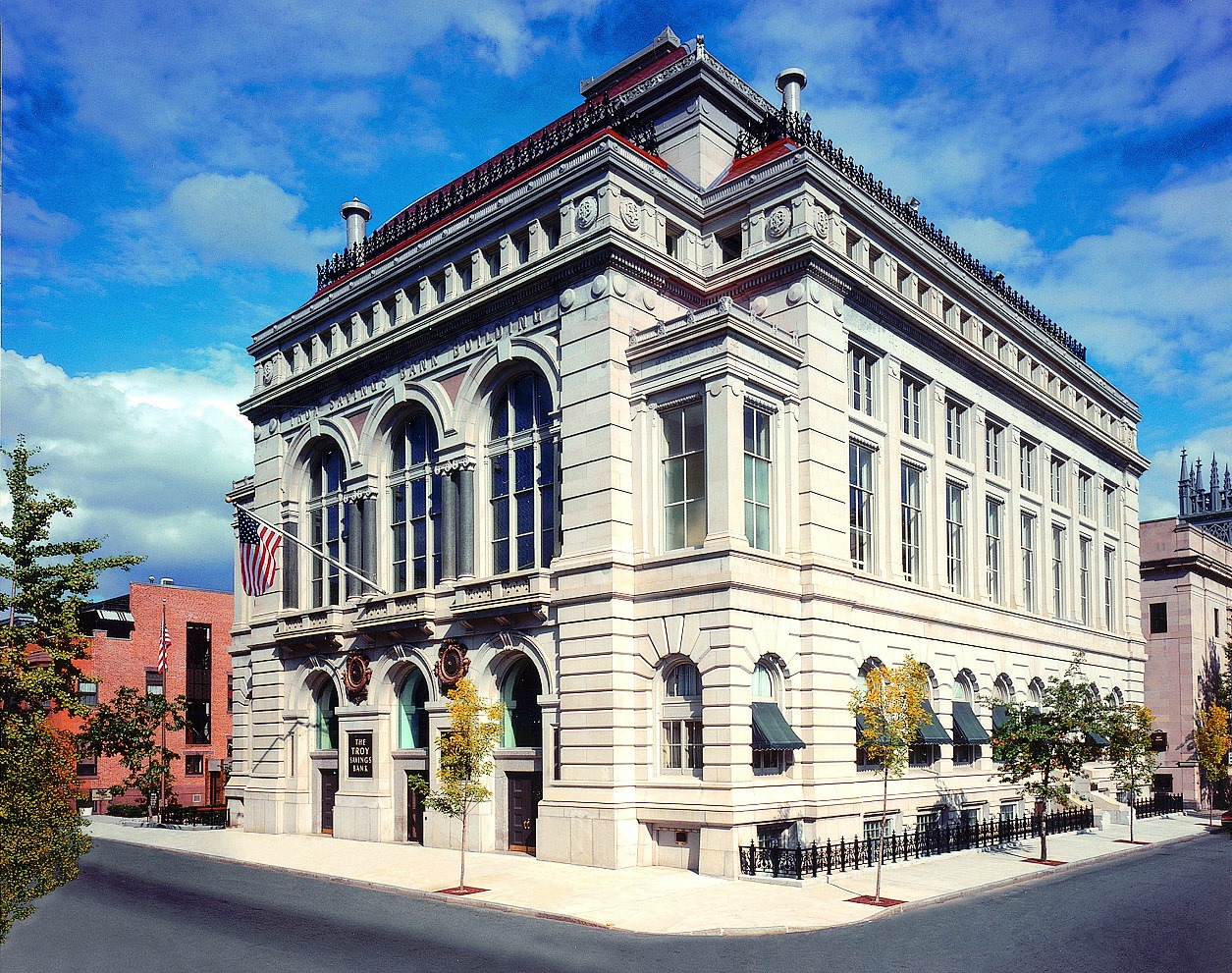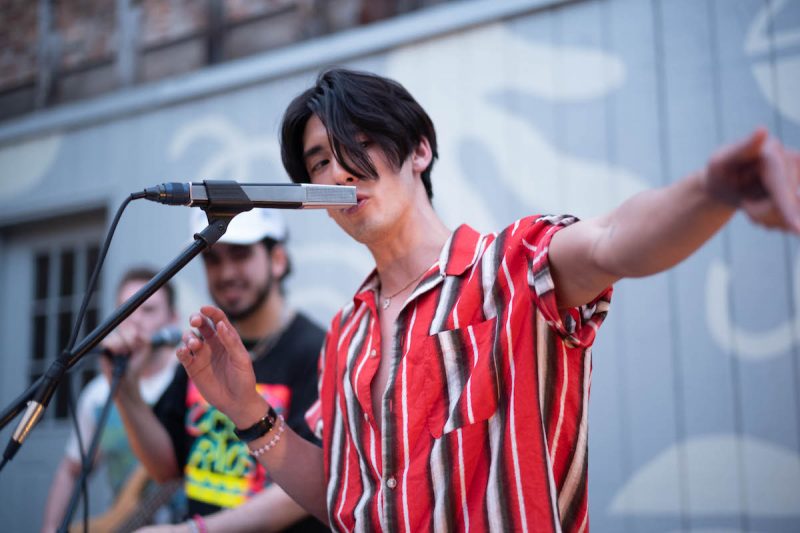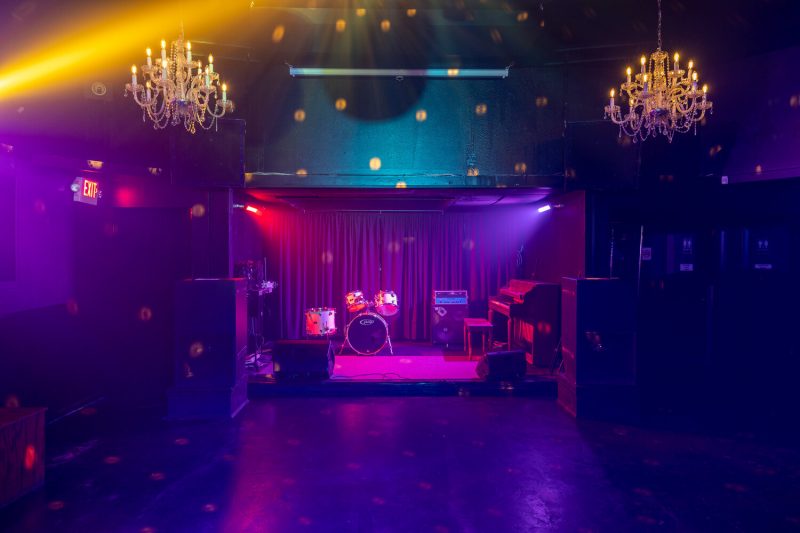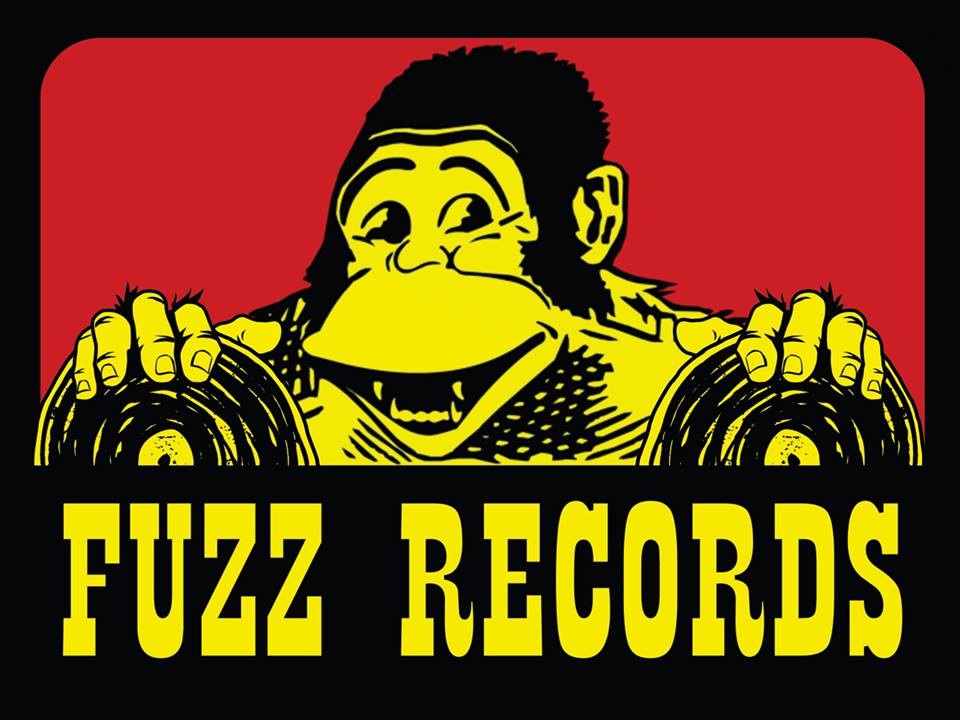Above image of The Cube at Virginia Tech
I recently finished up three performances at Virginia Tech’s Cube, a four-story-high, state-of-the-art theatre, and performance space, with my “Badstar” project. This project consisted of three experimental musicians, an interactive artist, and an architect. Our recent performances were funded by a generous grant that enabled us to approach our creative work in new ways and utilize resources and technology that would have been inaccessible for us otherwise. Competition for such grant-funded projects can be intimidating, but a strong proposal can increase chances for success.
A quick internet search for arts-related grants will likely easily yield numerous options for funding and I do not have an exhaustive list of options available in the region. I know that there are grants through the Capitalize Albany Corporation (Amplify Albany) and the Arts Center of the Capital Region. The Foundation Center is a good place to browse for opportunities that are not limited to funders in the Capital Region.
Locating funding opportunities may be a relatively easy part of the funding process. Once a potential funder is determined, it’s important to become familiar with the mission of the funding organization, the purpose of the grants that are available, and the guidelines and information requested in the proposal. If a grant and organization seem like a good fit for the project that you’d like to propose then it’s time to create a compelling project.
Our ‘Badstar’ proposal had goals that aligned to the organization which awarded our grant and reflected a shared understanding of the extent of the funding provided by the organization. We proposed to create a live performance which required specialized music composition and audio mapping software, architectural resources, projection mapping, and trained staff to support us during our performances. Our project could have been successful with reduced resources, but we created a proposal which utilized every dollar available and spoke directly to the purpose of the grant, i.e., to support projects which intersected science, engineering, arts, and sciences.
Projects with clear goals, I believe, have a better chance of success than ambiguous ones. Effective proposals should answer the following questions: What will success look like? How will the project be evaluated and how do the goals of the project align to the goals and mission of the organization providing the grant and the purpose of the grant? By having clear goals, other components of a proposal also gain focus, e.g., project timelines and budgets.
An effective timeline should specify to someone who knows nothing or very little about your project how long it will take you to create your work, and perform and/or implement it. For instance, when will the project take place? How long will it take to complete? What will happen to the project after the grant funding runs out How will every dollar provided in the grant be used?
Clear goals, timelines, budgets, and evaluation strategies are essential components of most grants, but proposals may request other information. In general, I advise that applicants provide the exact information requested in proposals and nothing else. For instance, if a proposal requires a certain word limit, then I recommend staying within that word limit regardless of how moving those extra words might be. Additionally, applicants should submit proposals before their due date.
The last part of the proposal process is the most difficult for many people: waiting for a response. If you didn’t get the grant don’t get discouraged, try again, or refine your proposal and try again for a different grant. If you do get your grant, then congratulations and be sure to send a thank you note to the funders upon the completion of a project.
Andre Foisy plays guitar in Locrian (Relapse Records), works to improve teaching and learning in higher education, teaches courses in the social sciences, and practices and teaches yoga.

